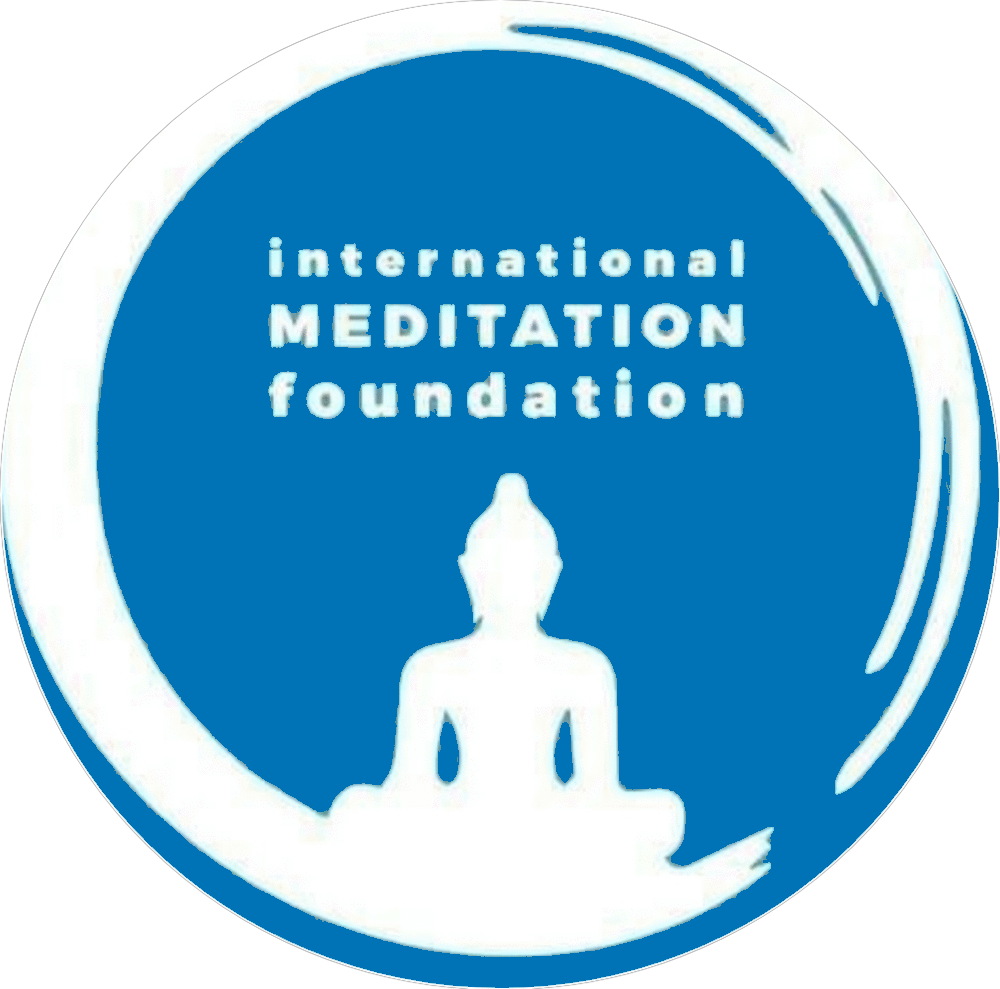“The Master sees things as they are, without trying to control them. She lets them go their own way, and resides at the center of the circle.” – Lao-Tzu, Tao-Te-Ching
The moments toward the end of a period of formal meditation have their tricky topology. Mindfulness can become lax with the anticipation of finishing. How you handle this is important. Indeed, it is during these transitions that we are specifically challenged to enhance mindfulness, expanding its scope.
As formal practice nears its end, inattentiveness may lead you to abruptly shift focus, losing awareness of the meditation’s conclusion. The transition might blur, but staying mindful is crucial. Acknowledge thoughts and impulses signaling the need to stop, embracing this heightened awareness.
Whether you’ve been still for an hour or three minutes, a powerful feeling all of a sudden may say, “This is enough.” Or you look at your watch and it’s the time you said you would quit. During meditation without guidance, pay attention to the initial urge to quit, and observe subsequent impulses gaining strength. Recognize impulses, breathe with each, inquire ‘Who’s had enough?’ Explore the reasons behind the urge.
Is it fatigue, boredom, pain, impatience; or is it just time to stop? Whatever the case, rather than automatically leaping up or moving on, try lingering with whatever arises out of this inquiry, breathing with it for a few moments or even longer, and allowing the moving out of your meditation posture to be as much an object of moment-to-moment awareness as any other moment in the meditation.
Engaging in regular practice significantly enhances mindfulness, particularly during closures and transitions, fostering heightened awareness in various life situations and changes. From closing a door to the end of life eras, mindfulness embraces simple or complex closures.
In closing a door, automaticity often dominates, especially inconsequential moments—unless the baby’s sleeping, of course. Mindfully closing unimportant doors heightens sensitivity, touching all moments, smoothing the wrinkles of unconscious habits. In significant closures, mindless behavior sneaks in; aging and dying benefit from healing mindfulness.
Defensively avoiding emotional pain, we sidestep grief, sadness, shame, disappointment, anger, joy, and satisfaction. Unconsciously, we embrace a numbness cloud, avoiding acknowledgment and understanding of our true emotions. Like a fog, unawareness blankets precisely those moments that might be the most profound occasions to see impermanence at work, to be in touch with the universal and impersonal aspects of being and becoming that underlie our personalized emotional investments, to touch the mystery of being small, fragile, and temporary, and to come to peace with the absolute inevitability of change.
Try: Bringing awareness to how you end your meditations. Whether they are lying down, sitting, standing, or walking, zero in on “who” ends it, how it ends, when it ends, and why. Don’t judge it or yourself in any way – just observe, and stay in touch with the transition from one thing to the next.
In the Zen tradition, group sitting meditations are sometimes ended with a loud wooden clacker which is whacked together forcefully. No romantic lingering with the sound of a soft bell to ease the end of a sitting. The message here is to cut – time to move on now. A slight daydream during the clicker’s sound exposes your lack of presence in that moment. The reminder signals the sitting’s end, ushering us into a new moment, prepared to face afresh.
In other traditions, the gentle ring of a bell is used to mark the end of group settings. The softness of the bell brings you back too and also points out whether your mind was on the loose at the moment it rang. So, when it comes to ending a sitting, soft and gentle is good, and hard and loud is good. Both remind us to be fully present in moments of transition, that all endings are also beginnings, that what is most important, in the words of the Diamond Sutra, is to “develop a mind that clings to nothing.” Only then will we be able to see things as they are and respond with the full range of our emotional capacity and our wisdom.
